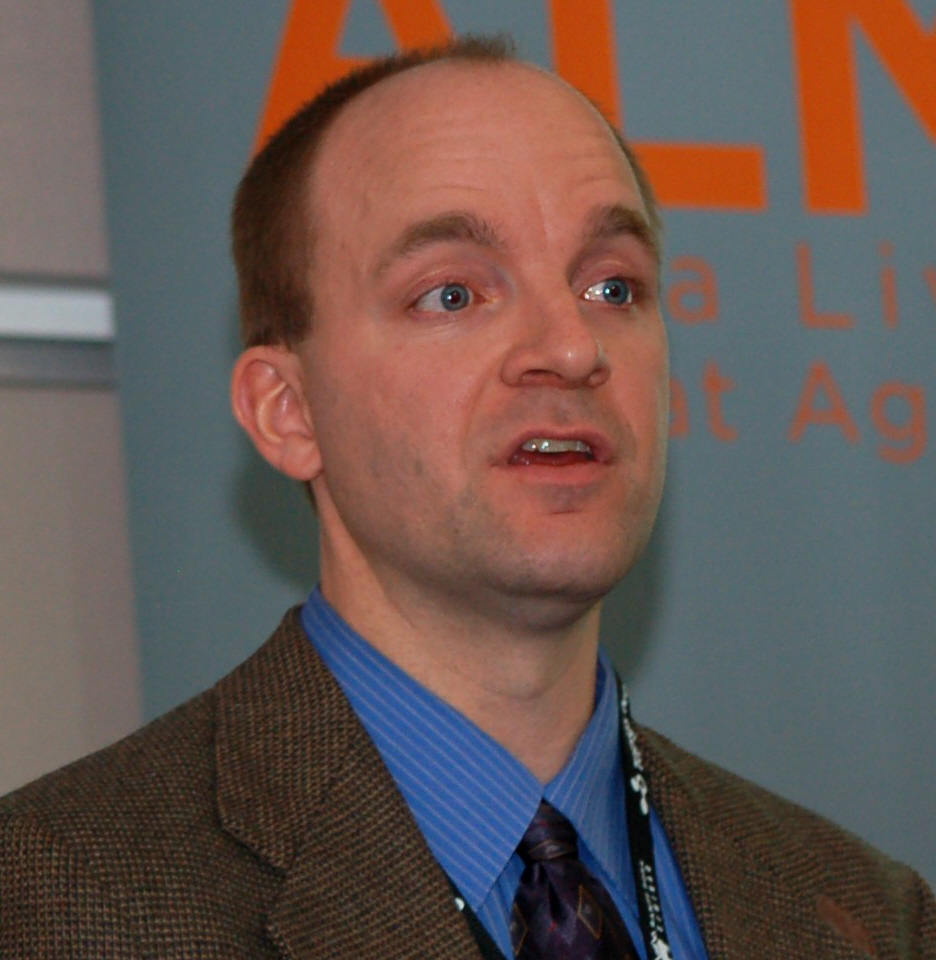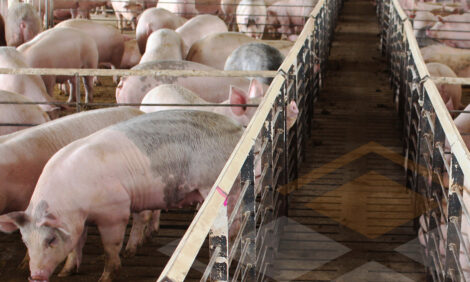



Unravelling the Complexities of Animal Welfare in Developed Markets
Welfare issues will not derail the positive outlook for pork industry, Dr Glynn Tonsor of Kansas State University told the 2015 Banff Pork Seminar in Canada.
(Image: Meristem Land & Science)
Market psychology is a complex subject, said agriculture economist, Glynn Tonsor of Kansas State University. But one thing clear for the pork industry in today's environment is that consumers increasingly want to know more about how their food is produced.
That trend is particularly established in developed countries, he told delegates. Most important for the pork sector and other livestock industries, it is driving a new market dynamic for the food system that brings significant economic implications, reports Meristem Land and Science.
"This is the new reality and the better we can understand and adjust to it the better equipped we will be to make the right decisions and succeed in this new environment," he said.
However, when it comes to the increasingly high profile issue of animal welfare, there are important factors to understand that lie beneath the large umbrella of the perceived general trends.
"There's a lot more complexity than first meets the eye," Dr Tonsor said.
Vote vs. buy disconnect
Research and survey results indicate the public is much more likely to vote in favor of either banning or limiting the use of particular production practices than they are to even say they will pay a premium, said Dr Tonsor.
He explained: "Also, when they say they'll pay a premium, the indications are that doesn't mean they will. You have to cut that number in half or more to get a more realistic indication."
Economic reality
On the production side, changes driven by welfare pressures are expected to result in higher requirements for documentation and verification, as well as greater likelihood on a number of fronts for higher variable costs of production.
He said: "For example, if we have to reduce antibiotic use, partly because of animal welfare concerns and largely because of human health concerns, there will be higher cost at the end of the day because of the illness impacts."
The potential for higher fixed costs is arguably most relevant.
Dr Tonsor explained: "For instance, as we move away from traditional building designs toward alternative space provisions, it's quite possible we'll have more expensive buildings."
A key factor with infrastructure is the time allowed to prepare for and implement change.
"It's a huge difference if you have to change tomorrow or if you can wait until closer to a time when you would normally renew," he said.
A major X factor is the uncertainty that the animal welfare issue super-imposes over all facets of the industry.
Dr Tonsor continued: "This is the part that doesn't get talked about as much but is also very economically important. We don't know six months from now, five years from now, 20 years from now, what will be the rules of the game. That added uncertainty and the risk it brings can mute the appetite for renewal and expansion."
Understanding the 'typical' consumer
Another important yet often hidden factor is the heterogenous nature of the public.
Dr Tonsor said: "We like to talk about THE consumer, but that far over-simplifies the story. There are segments that can afford certain choices or will make certain choices based on welfare. However, the indications are the typical consumer is not willing to pay a premium for things like stall free, antibiotic free and so forth."
The over-inflated perception that typical consumers are demanding welfare change can get into dangerous territory by contributing to the potential for imposed changes.
He explained: "The challenge I have with this, as a free market economist, is there are voluntary labelling schemes out there that can allow market-driven change to occur. However, I get really concerned when we get regulations involved because you're forcing the change on everybody and it may not be accurate reflection of the market. "
This becomes an "unfunded mandate" that adds to the cost of doing business, he added.
*
"In the big picture, animal welfare is a very small component of the broader economic story."
Will consumers pay more for welfare?
In the short-term, it appears there is no premium to be made for welfare-friendly changes.
Dr Tonsor said: "If there was, we'd see a lot more voluntary differentiation and labelling claims on pork products. We're not seeing that yet."
One of the implications is that animal welfare changes are largely being 'pushed,' rather than 'pulled' into practice.
"It would be a lot cleaner if the consumer clearly said they're willing to pay a dollar more and those changes are funded and pulled in from the start. That's not what's going on," he said.
Big picture is positive
The good news is that improving economic prospects for industry expansion are unlikely to be substantially derailed by the animal welfare issue and the added potential costs it represents, according to Dr Tonsor.
He explained: "There is a very optimistic sentiment today in the entire pork industry. I think we're going to expand pork production throughout North America. I think we're going to expand it a little less than if we didn't have this uncertainty related to welfare and other social issues but in the big picture, animal welfare is a very small component of the broader economic story."
At the end of the day, it will be part of the cost of doing business in an overall very positive environment.
Dr Tonsor concluded: "All the major export players – Canada, US and Europe – have the same issues to deal with so it will still be a level playing field."
January 2015






